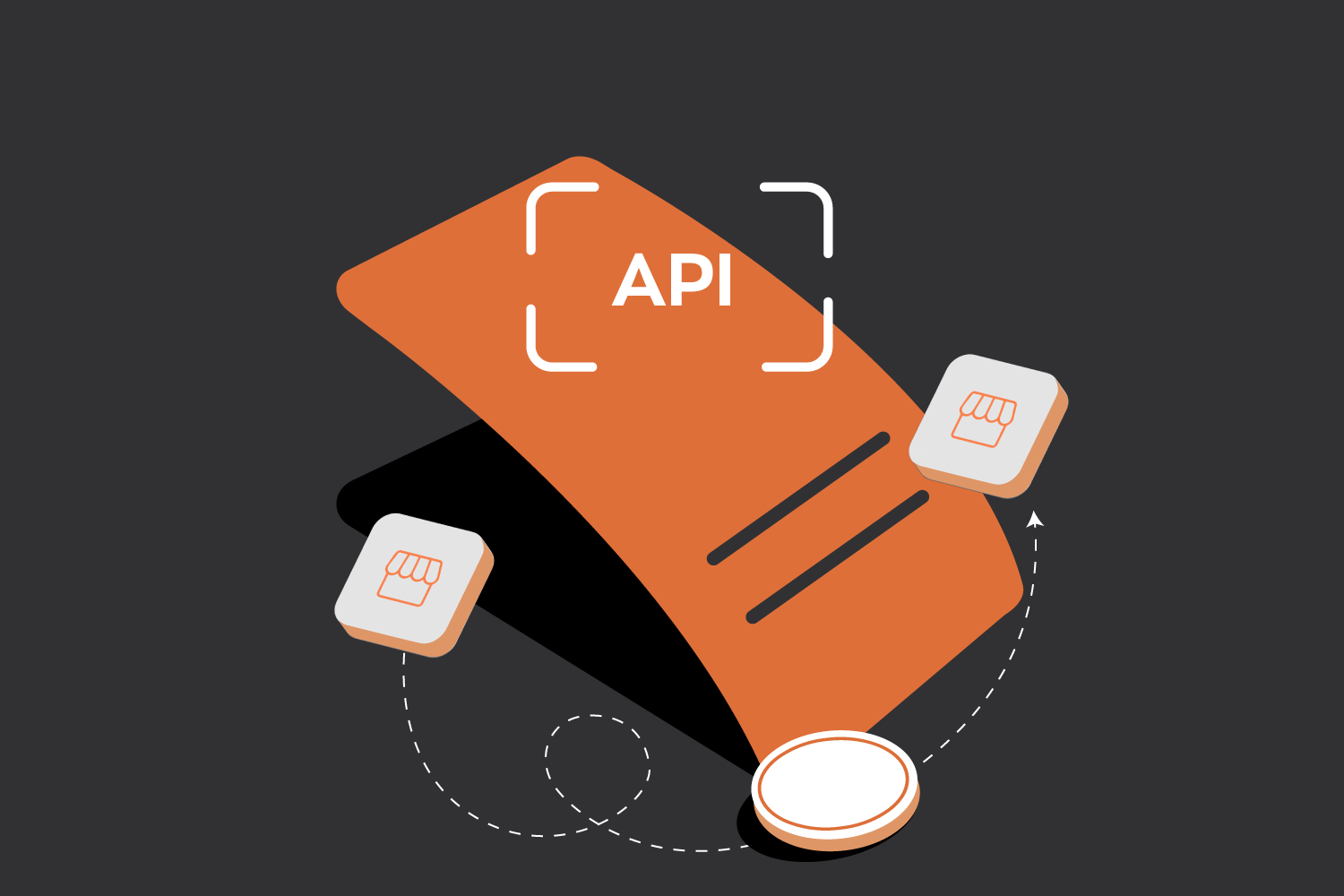With a forecast of over $7.2 trillion in revenue by 2030, Embedded finance is redefining the essence of the financial services industry. Well, this number is roughly double the market value of the world’s top 30 banks today. It has transformed the whole financial services distribution model.

But, what is Embedded finance? Embedded finance is the opportunity for every company to become a fintech. Embedded finance makes finance ubiquitous in today’s market by seamlessly integrating creative forms of payment, debit, credit, insurance or even investment into their customers’ end experiences, at a low cost. This in turn helps companies to come up with new value propositions for their customers.
The simplest example of this is paying for an Uber ride. You don’t need to pay using your card at the end of the ride. Uber product designers have payments embedded into your experience of getting a lift & for the driver, into their experience of getting paid at the end of the ride.
Embedded finance and its limitless opportunities
Most tech companies invest a majority of their time & money in digitising their products, interfaces and distribution channels. To keep up with the increased competition & customer expectation, most of them have started exploiting ‘Platform Thinking’ and ‘Platform Economics’. The platform business models have propelled the most valuable companies in the world to where they are today (and growing even stronger during the Covid crisis).

Platform thinking encourages you to act as an intermediary between the needs of your customer, your expertise and the expertise of others (complimentary 3rd parties or developers), rather than designing & building things from scratch. Amazon & Alibaba are examples of platform thinking.
Platform thinking has become the new way to distribute & sell products or services. With the emergence of more & more platforms across industries, the opportunities for Embedded finance are going to be limitless.

Platform business models have evolved from the On-premise licensing model in the late 1990s to Subscription models to Bottom-up business models in the early 2010s to the Embedded finance model in recent times (Refer fig.). At different stages of evolutions, businesses unlocked new opportunities & increased the total addressable market.
The embedded finance model is where you have financial services like payments, cards, lending, bank accounts, compliance, investment and payroll, integrated with your platform. Transforming into such a model gives your customers a wide range of options to use, making the product stickier. This helps you capture more than just the platform fee from your customers.
There are a lot of embedded finance models that have emerged lately. With that being said, let us have a look at some of these models.
1. Payments
Embedding payments into business workflow enables the platforms to accept payments from their customers via credit or debit cards, digital wallets, UPI, etc. Until recently, building & managing an embedded payment system was a herculean task, which was only possible for massive companies. But now, any platform can embed payments features to their product or service with just a few lines of code.
With the pandemic consumers have become comfortable with eCommerce, meaning that digital retailers vying for trade in an increasingly saturated field cannot afford to have too many frictions in their payment experiences. With the advent of UPI, most of the global retailers and technology platforms like Ola, Amazon, Google, WhatsApp, now have a payments service.
2. Account creation
Embedding account creation to platforms will help end customers create transactional accounts to hold money. Bank accounts make sense if end customers are both collecting and making frequent payments via the platform. This would benefit them from a place to maintain a balance for those funds, rather than making constant bank transfers. This works particularly well in service industries (e.g., restaurants, hospitality, health/wellness) and e-commerce.
Earlier this year, Shopify announced that it would launch Balance bank accounts, one of the first companies to offer this product. The bank accounts allow their merchants to easily collect frequent payments and pay for Shopify services through one account without leaving Shopify’s software and waiting for bank transfer times.
3. Lending
Embedded Lending will undoubtedly be one of the hottest trends in the financial services world. Embedded lending is the seamless integration of lending as a feature into digital platforms. Platforms can offer credit to their customers through the platform, at the point of demand creation rather than redirecting them to a third-party website. Aggregator companies like Uber/Ola or Zomato/Swiggy can offer personal loans to their partners by leveraging partners’ data to help improve their service level.
4. Cards
A modern card issuing platform could customize a payment card to authorize each transaction based on exact spend controls. One use case for cards in business is where a large number of contractors and employees frequently travel or have individual spending needs.
We’re likely to see a wave of card fintech in vertical SaaS for construction, for example, subcontractors can buy materials and tools in the field, rather than needing to spend out of pocket or wait for the general contractor to provide. There is also considerable opportunity in logistics, media, health & wellness as well, where there are contractors or a distributed workforce.
5. Investment
Embedded Investment allows platforms to integrate stock market investing into their vertical offerings. API-based brokerage firms have led the trend of Embedded Investing. They have built APIs to reflect every microservice ranging from opening an account, funding, trading, portfolio management, and market data. This allows various kinds of platforms to offer investment services to their customers in context.
One example is MyShubhLife, an app that provides you loans for your personal needs. They also give them options to invest in Mutual Funds SIPs. This is a perfect example of Embedded Investments. Embedded Investments allow investors to invest in the stock market without leaving the platform they’re on, be it Some employee portals allow employees to buy stocks directly from the portal.
6. Cross-border payments
The rise of borderless eCommerce means businesses can serve users all over the world. Yet, regional regulations still have great influence over embedded finance, particularly how quickly new businesses can go to market and reach new audiences.
Regulatory compliance is one of the more difficult steps to offering embedded cross-border payments. Providers need to abide by different regulations depending on where companies’ end-users are.
For example, regions like the United States, European Union and the United Kingdom all have different regulations and provider structures. Financial transactions are now classified as cross-border transactions that interact with separate regulations when it comes to the EU and UK.
Companies with users in both regions might find it complex to scale and hard to manage. But luckily we see a lot of embedded cross-border payments providers who are going to try and remove that pain for businesses.
It’s just the beginning!
Embedded Finance is unlocking a new era for all businesses. As platforms add financial services, they can make revenue per customer and open opportunities in markets previously deemed too small, or not cost-efficient to acquire customers, to be viable.
In terms of how to win, all players in the market will need to consider whether to build things from scratch or collaborate with others or create completely new ventures. Taking a platform thinking approach works best. Ultimately, Embedded finance provides an opportunity to re-think traditional industry business models and sources of value by leveraging the full power of technology and connectedness.
And this is just the beginning. We’re in the early innings of this huge opportunity. As Embedded Finance companies continue to unbundle financial processes, the hierarchy of unbundling that we observe will be replicated in ecosystems around the world. There’s no time to waste when $7 Trillion of value is at stake. It’s time to engage your team and board and get moving!



0 Comments